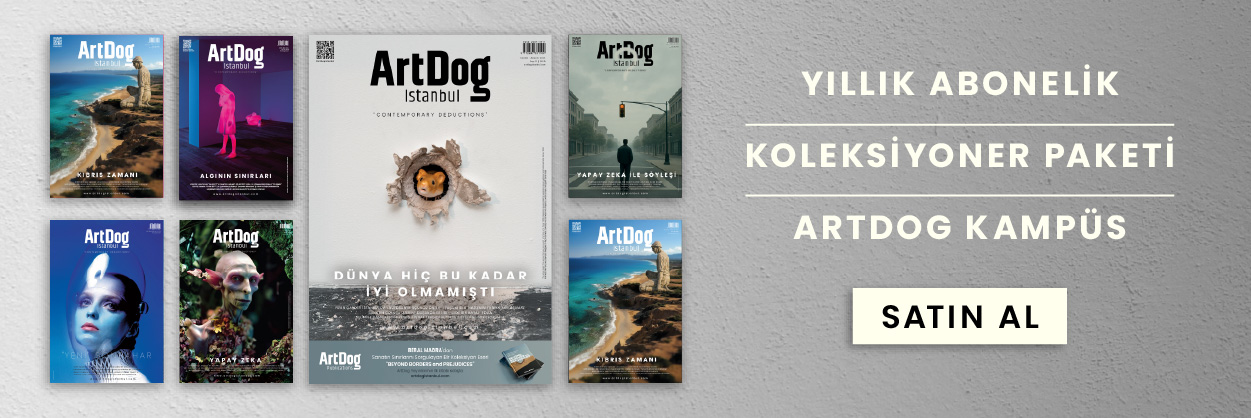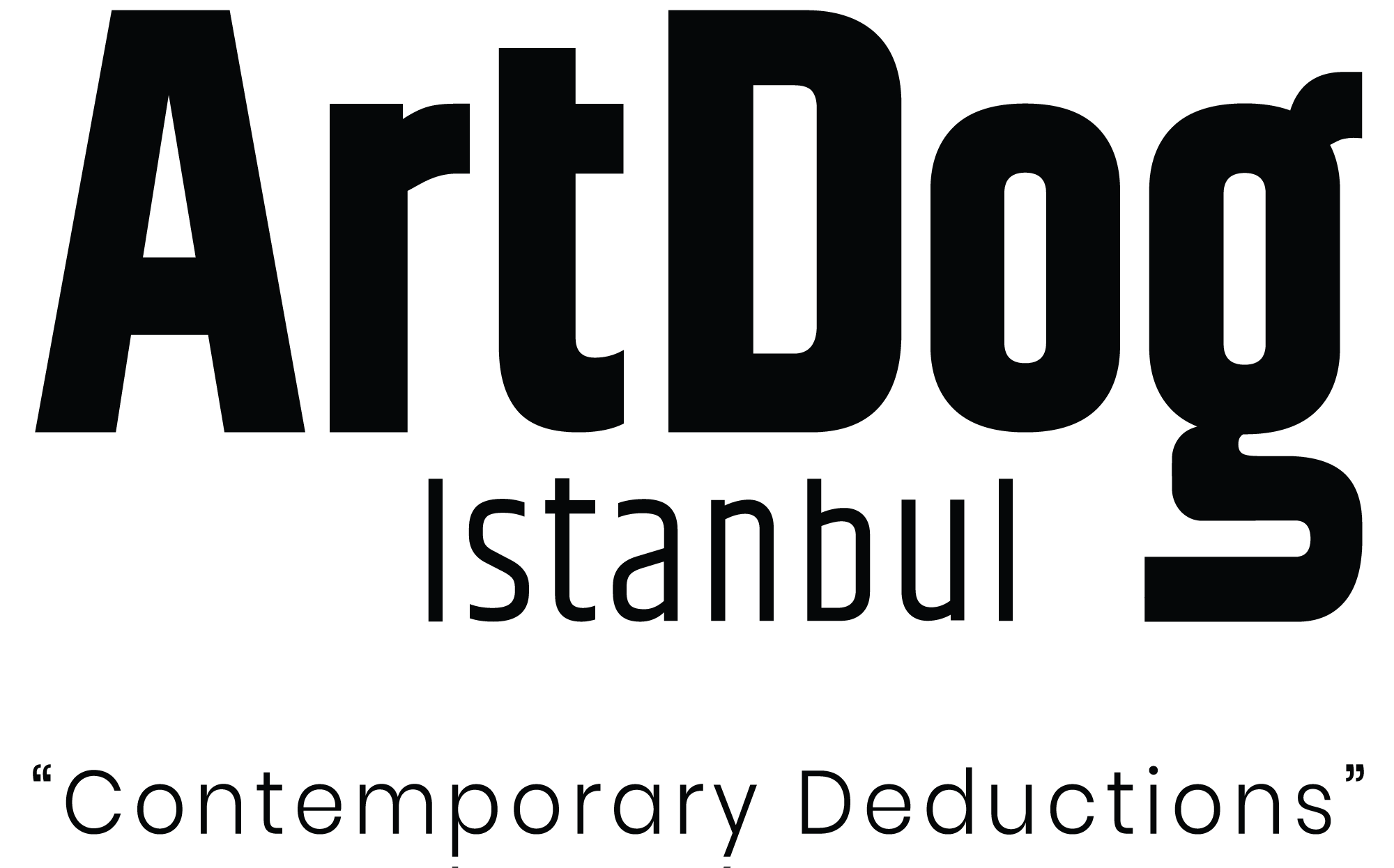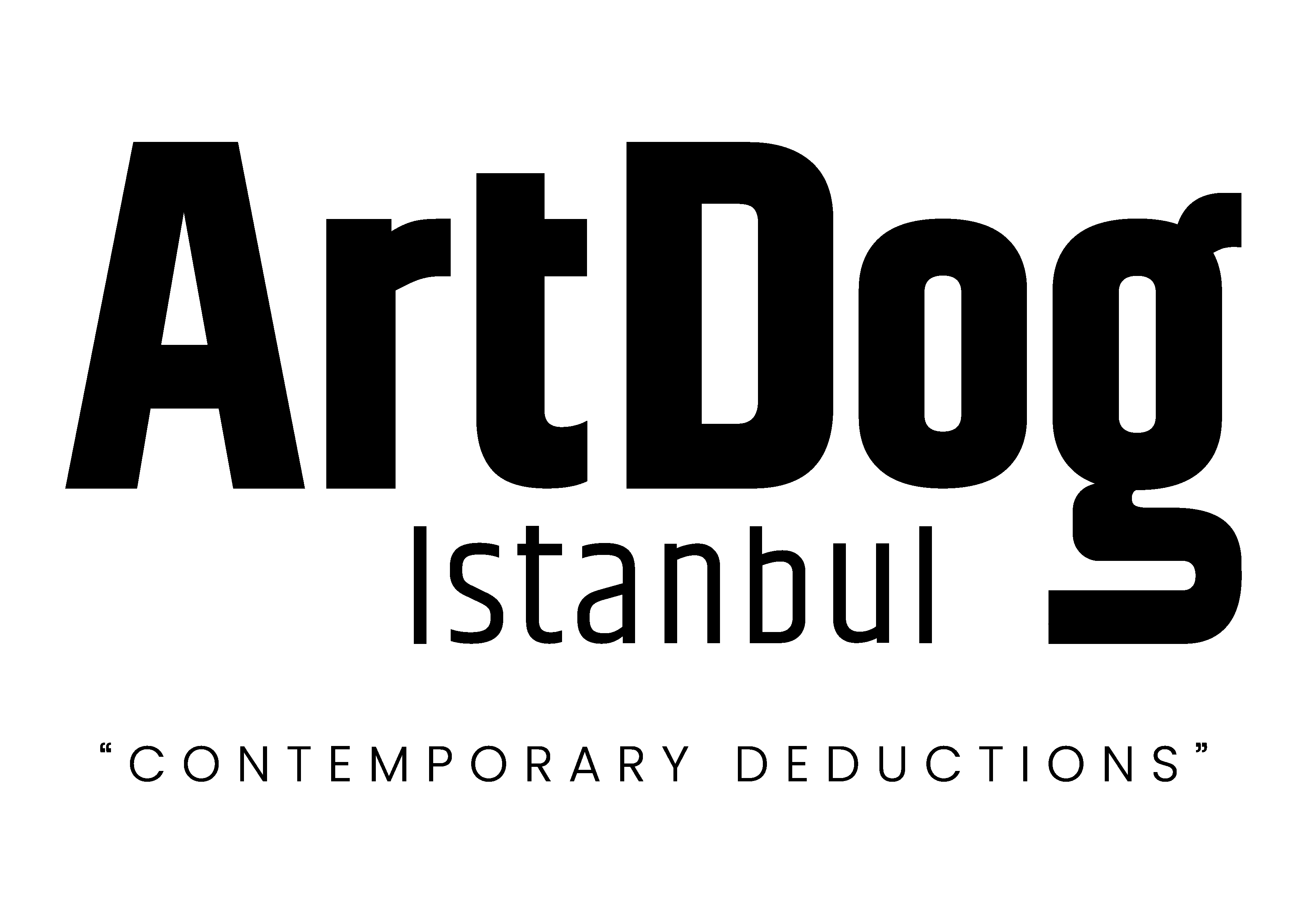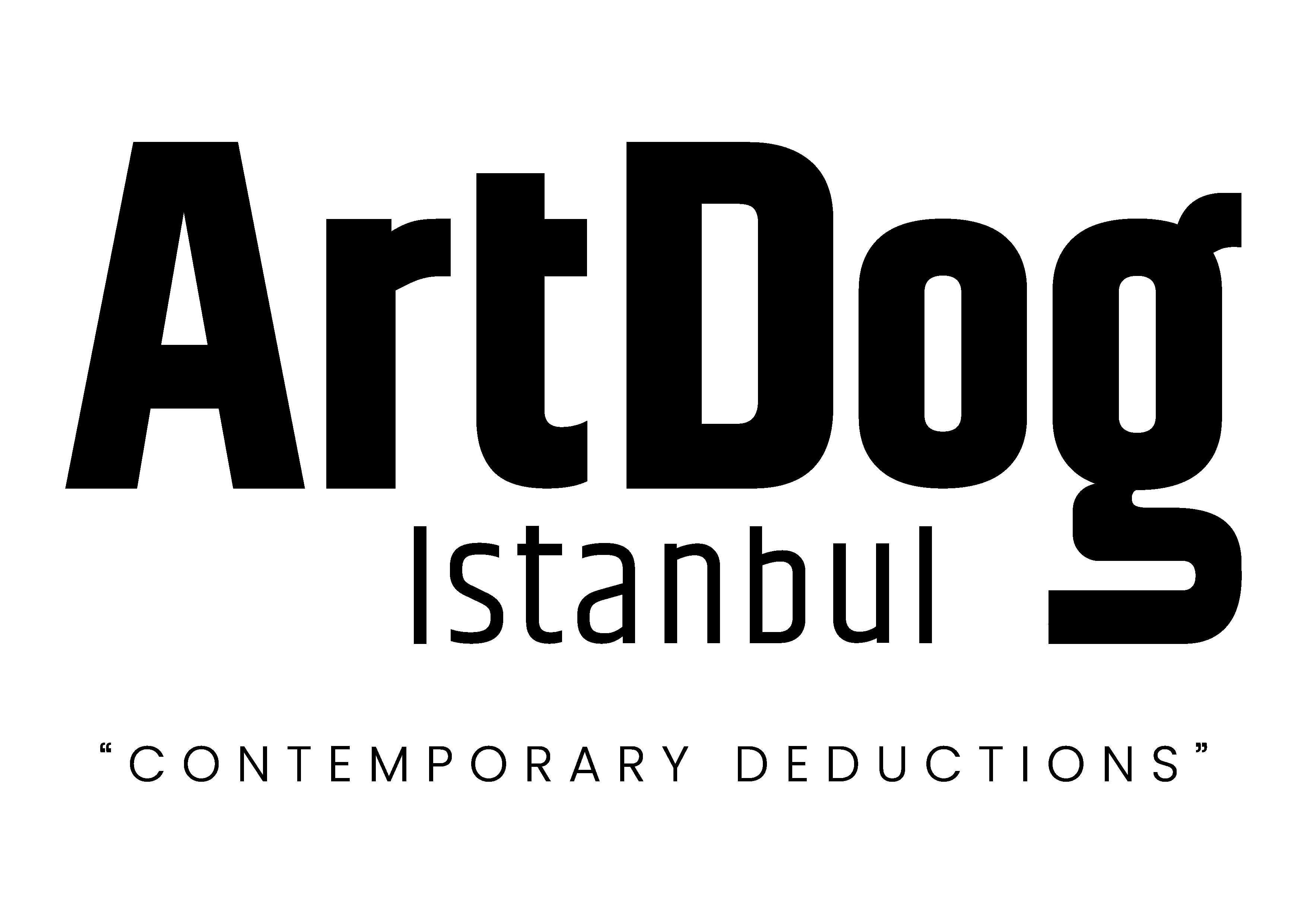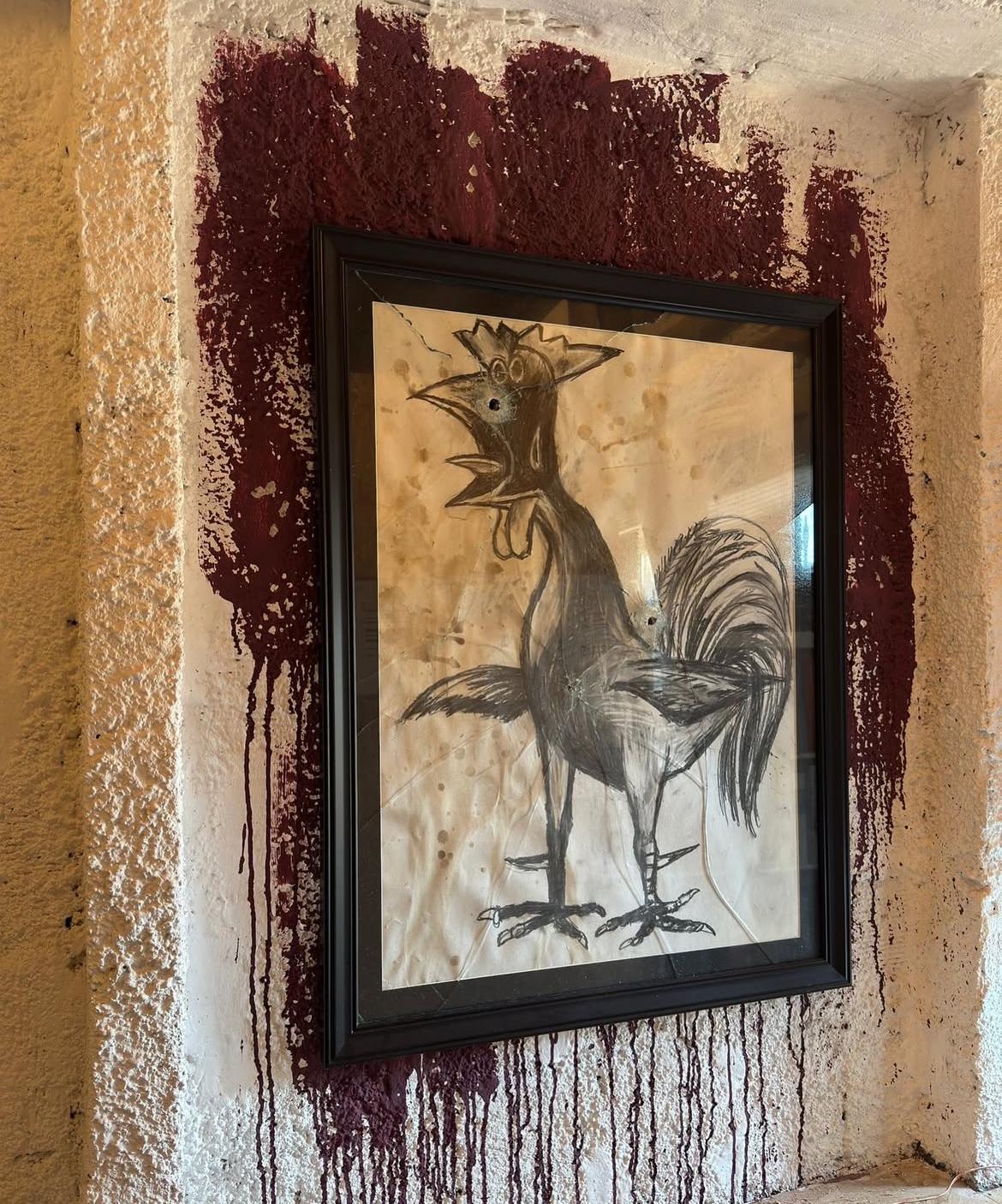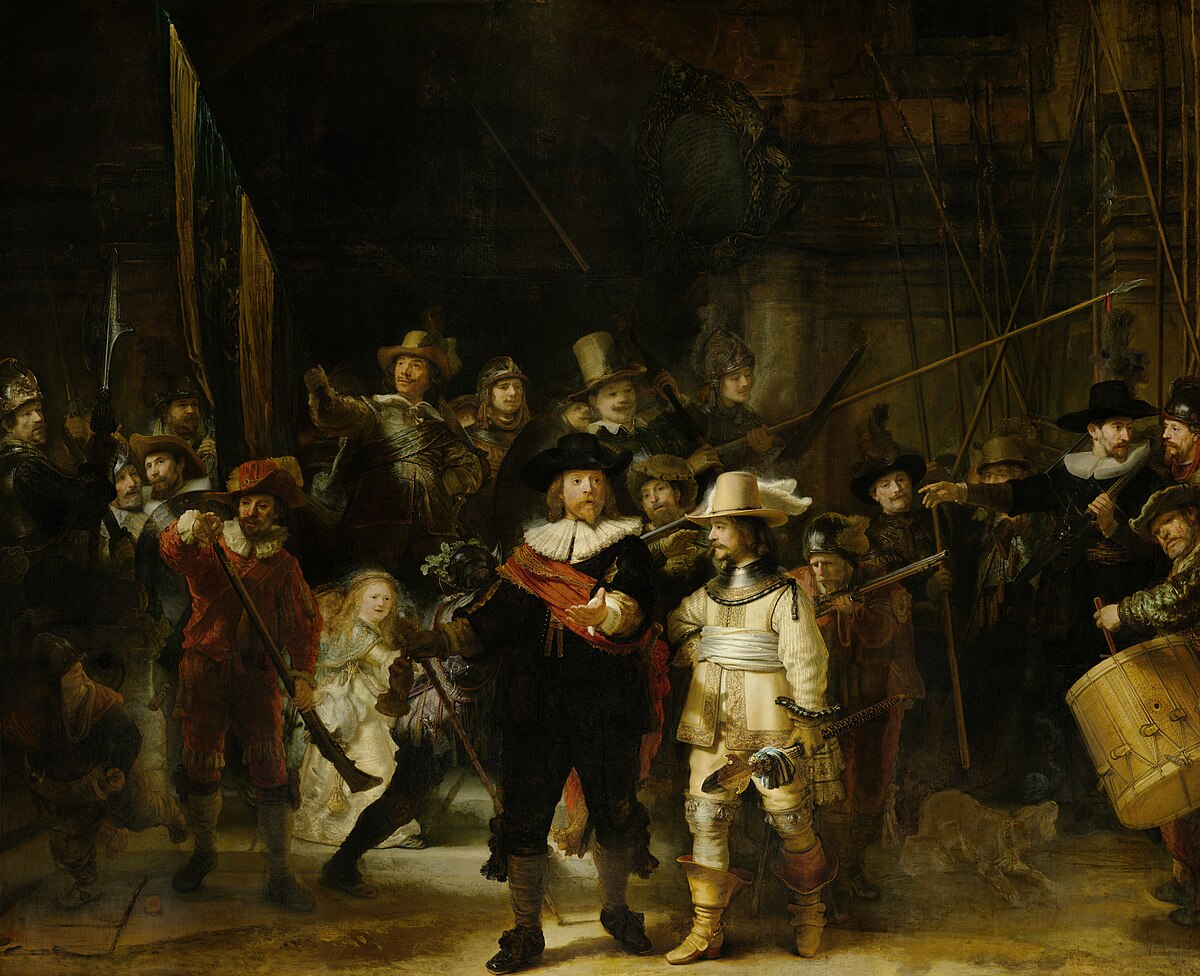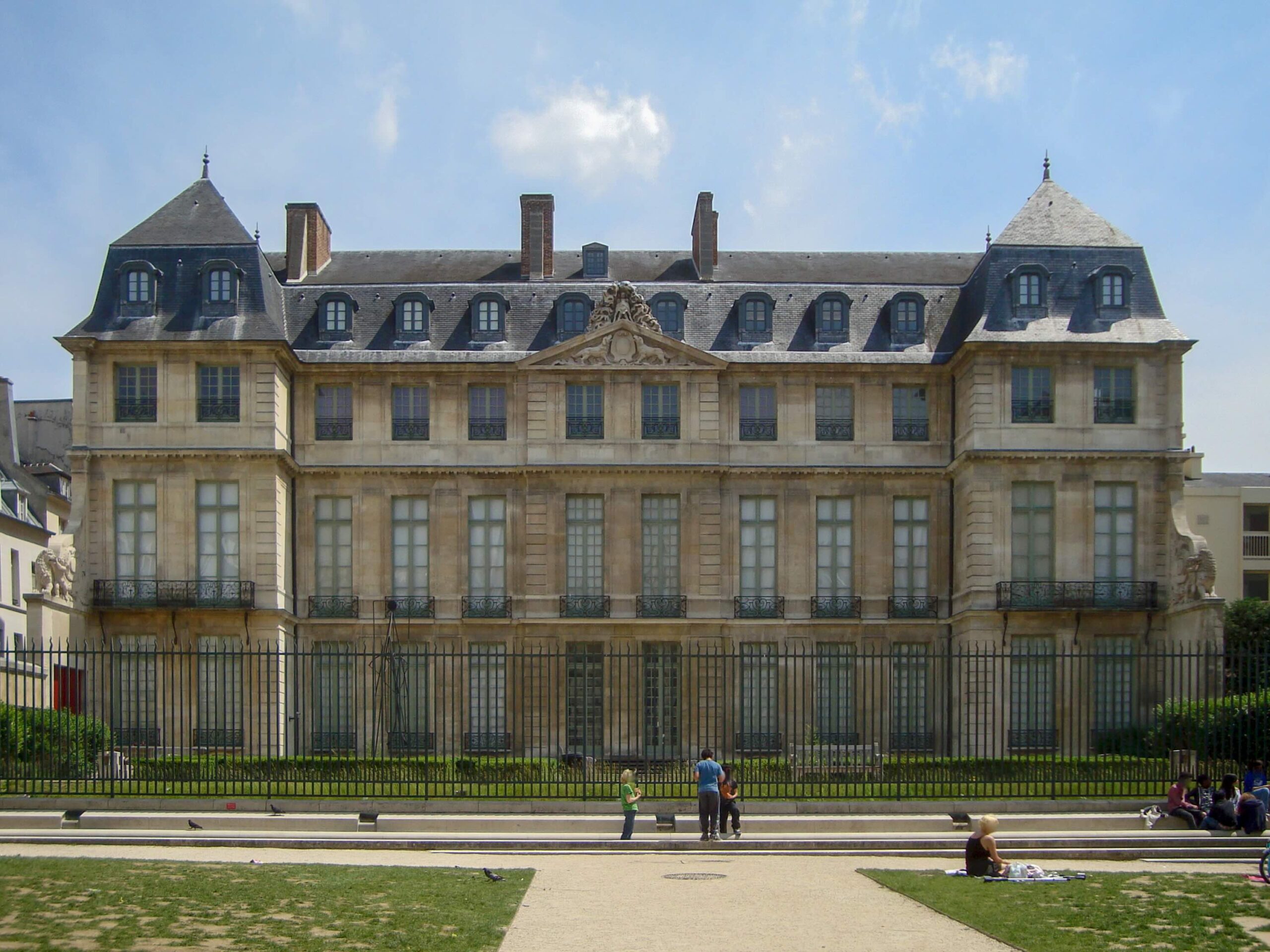Antalya’s contemporary art gallery Gülden Bostancı, in collaboration with MeMA_London, has brought two striking installations to Istanbul’s Tarlabaşı neighborhood: Burhan Kum’s Misilleme (Retaliation) and Baran Kurtoğlu’s Hamle Sırası (It’s Your Move). On view until October 5, the works explore the colonial roots of modern art and the ongoing structures of cultural domination, transforming a fragile urban space into a site of confrontation.
Tarlabaşı as a Stage for Memory and Resistance
The installations unfold in the narrow, timeworn streets of Tarlabaşı, where crumbling facades, abandoned houses, and everyday life persist side by side. Children play among rubble and hanging laundry, while the echoes of gentrification and displacement linger in the cracked walls and steep cobblestones.
Set in Salkım Saçak Street, the exhibition integrates with the district’s layered social fabric. Hosted in artist Mert Eyiler’s studio, the works gain depth in this context: Kum transforms the building’s scars into a sharp critique, while Kurtoğlu invites viewers into a conceptual game about power and autonomy.
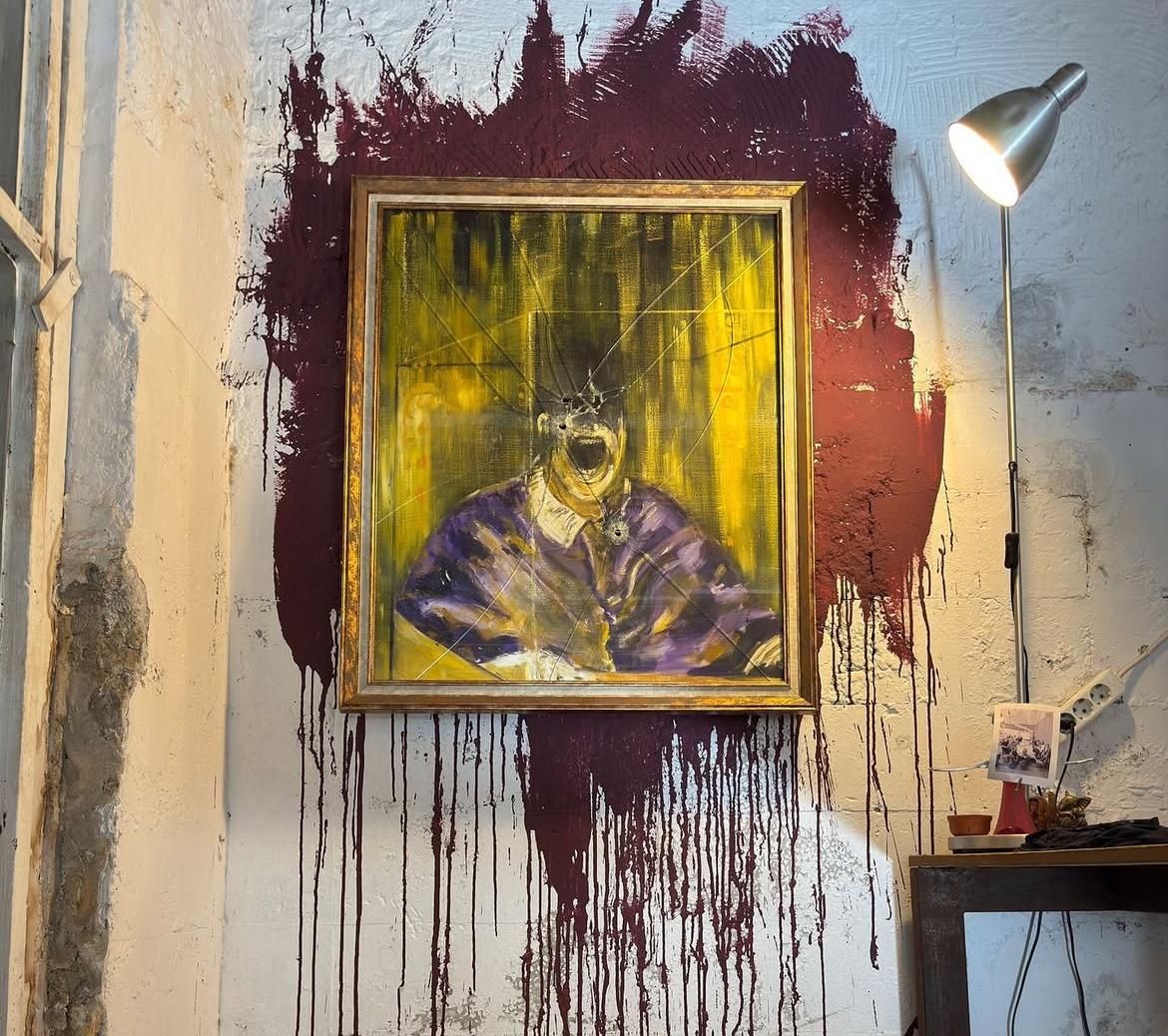
Burhan Kum – Misilleme (Retaliation)
In Misilleme, Burhan Kum questions the foundations of Western modernism by reimagining iconic works such as Edvard Munch’s The Scream, Pablo Picasso’s The Rooster, and Francis Bacon’s Head, marking them with bullet holes and shards of glass. His intervention exposes the historical hypocrisy behind these so-called universal masterpieces.
Kum argues that modern art and Western aesthetic ideals were not born from neutral values but were made possible by colonial conquest. He references the 1884 Berlin Conference, when European empires divided Africa, reminding us that by the late 19th century, 80% of the world’s lands were under imperial control. This wasn’t just territorial — it involved the seizure of cultures, memories, and artistic traditions.
Drawing on Kenyan lawyer P. L. Lumumba’s ideas, Kum highlights how colonizers first dismantled cultural structures: rituals were dismissed as superstition, and indigenous arts were labeled “primitive crafts.” While local art was locked away in Western museums, the same visual languages inspired European artists who were then celebrated as the vanguard of “high modern art.”
For Kum, this cultural hierarchy became a powerful tool to legitimize colonial violence. Under the guise of bringing “civilization,” colonizers destroyed production systems, social structures, and funneled immense wealth into European metropoles. Tens of millions lost their lives, while Western art history was built upon the dispossession of colonized peoples.
“The three ‘screams’ in my work are all hailed as icons of modern humanity’s outcry,” says Kum. “But in truth, they represent the false victimhood of the modern individual — either the oppressor himself or one feeding at the oppressor’s table. Victimhood has always been a convenient alibi for violence. Today’s neo-colonial powers no longer even bother to hide their intentions — Iraq, Libya, Ukraine, Syria, Gaza, and so many ‘subcultures’ are openly attacked. But what happens if the ‘high art’ they hold sacred, the very core of their art history, comes under attack? What will they say then?”
The title Misilleme (Retaliation) refers to responding to an assault with equal force. Kum frames his installation as a direct artistic counter-strike — a challenge to the sanctified narrative of modernism.
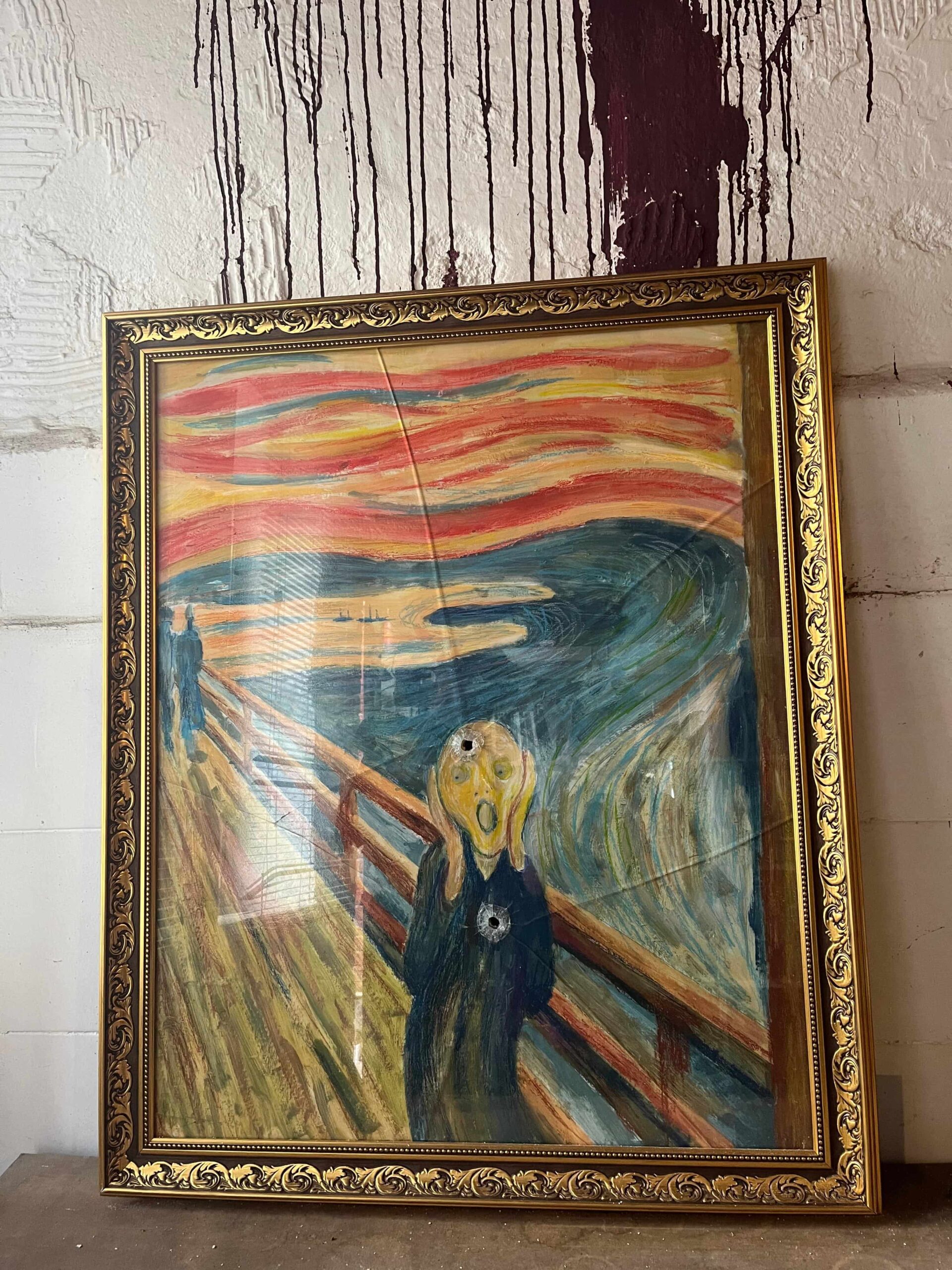
Baran Kurtoğlu – Hamle Sırası (It’s Your Move)
On the upper floor, Baran Kurtoğlu’s Hamle Sırası interrogates the limits of individual free will within structural power systems. A chessboard becomes a metaphor for Foucault’s concept of disciplinary power and micro-power relations, questioning the illusion of autonomous decision-making.
Kurtoğlu also draws on Antonio Gramsci’s theory of hegemony, visualizing how individuals who appear free are in fact shaped and contained by ideological frameworks. The work becomes a sharp visual metaphor for the individual’s fragile autonomy in political and social orders — a critical reflection on the invisible forces that define our choices.
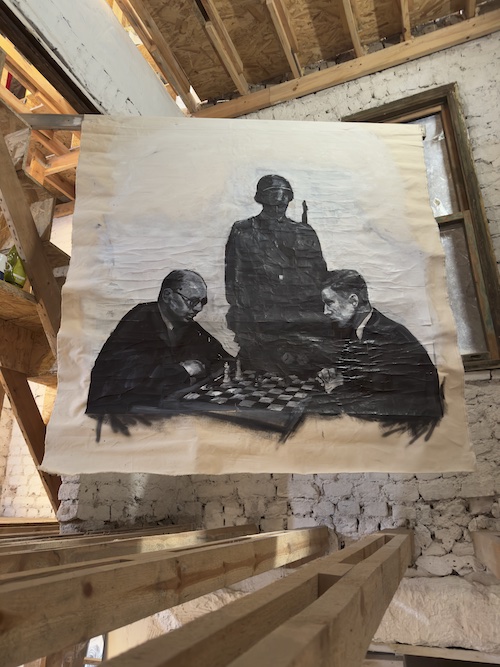
A Spatial Confrontation with Colonial Legacies
Together, these two installations create an immersive space where viewers are asked to face the entanglement of art, history, and power. Tarlabaşı, itself marked by urban displacement and marginalization, becomes an apt stage for this dialogue.
By bringing Misilleme and Hamle Sırası here, Gülden Bostancı Gallery and MeMA_London initiate a rare conversation: not just about the colonial underpinnings of modern art, but about how cultural dominance still shapes contemporary systems of value, visibility, and resistance.
The exhibition remains open to the public in Tarlabaşı until October 5.

